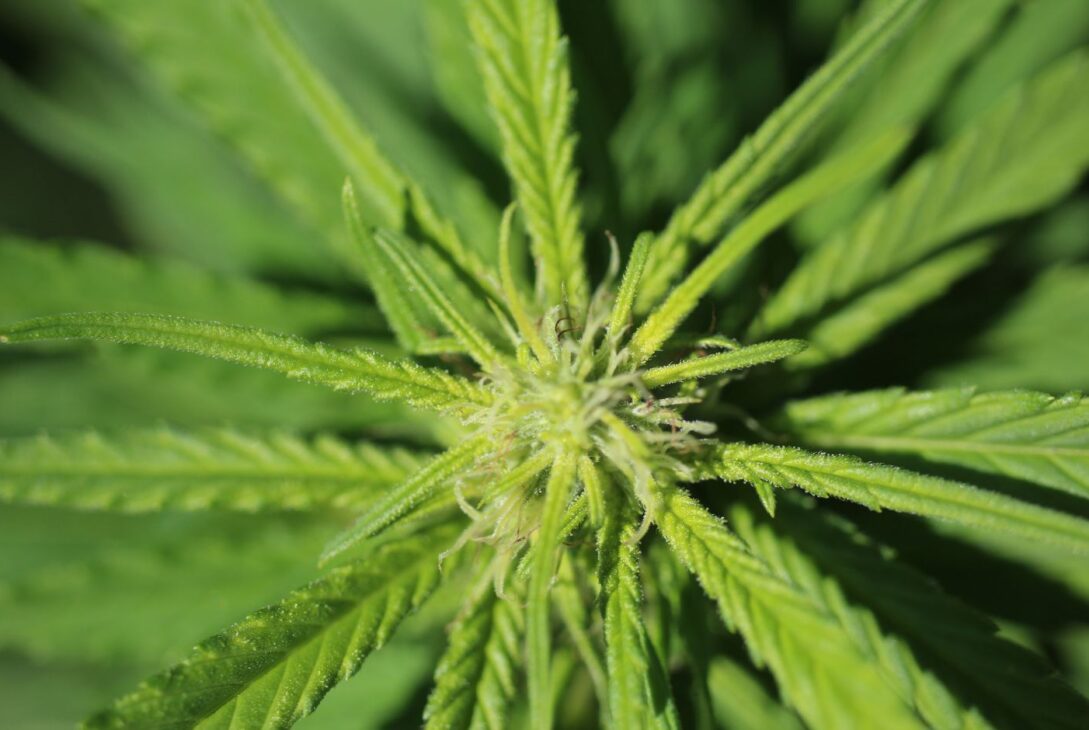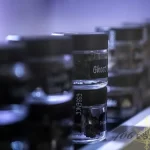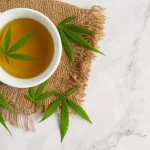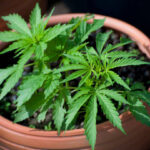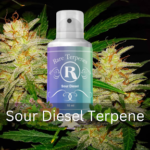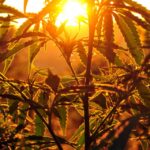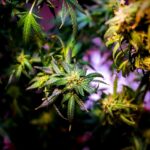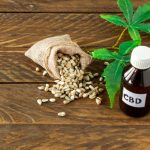Choosing the right cannabis seeds is crucial for a successful grow operation. The selection process impacts the health, yield, and characteristics of your plants. Key factors influencing seed selection include:
- Seed type (feminized, regular, autoflowering)
- Desired effects (THC vs. CBD content)
- Growth environment (indoor vs. outdoor)
Setting a strong foundation in your cultivation journey ensures healthy plants and optimal yields.
Understanding Seed Types
Choosing the right cannabis seeds is crucial for achieving your cultivation goals. Different seed types offer various advantages and challenges, making it essential to understand their characteristics.
Feminized Seeds
Feminized seeds are engineered to produce only female plants, which are the ones that generate buds rich in THC or CBD. This eliminates the need for sexing plants, saving time and effort. These seeds are ideal for growers focused on maximizing yield and potency.
Regular Seeds
Regular seeds can develop into either male or female plants. While they allow for breeding and genetic experimentation, they require careful monitoring to remove male plants, preventing pollination of females. This makes them more suitable for experienced growers who want full control over their cultivation process.
Importance of Understanding Seed Types
Grasping the differences between feminized and regular seeds helps you make informed decisions tailored to your cultivation needs. Selecting the appropriate seed type can significantly influence the success of your growing operation, from yield quality to management ease.
Strain Selection
Selecting the right strain is crucial as it directly influences both the effects of the cannabis and its growth conditions. The choice of strain can impact everything from plant size to flowering time, making it essential to match strains to your specific needs and environment.
Indica Strains
- Characteristics: Known for their short, bushy stature and broad leaves.
- Effects: Typically produce a relaxing, sedative effect ideal for evening use.
- Growth Conditions: Thrive in cooler climates with shorter growing seasons.
Sativa Strains
- Characteristics: Taller plants with narrow leaves.
- Effects: Often provide an uplifting, energizing experience suitable for daytime use.
- Growth Conditions: Prefer warmer climates and longer growing seasons.
Hybrid Strains
- Characteristics: Combine traits from both indica and sativa strains.
- Effects: Offer a balanced experience, tailored to specific needs by blending the properties of both parent strains.
- Growth Conditions: Vary widely depending on the dominant traits inherited from the parent plants.
Understanding these characteristics can help you make an informed decision that aligns with your cultivation goals and personal preferences.
Evaluating Seed Quality
For successful cultivation, selecting high-quality cannabis seeds is essential. Here are some key indicators to help you determine the quality of seeds:
- Color: Healthy cannabis seeds often have a dark brown, black, or grey color. Green or white seeds typically indicate immaturity.
- Firmness: Quality seeds should be hard and resistant to pressure. Soft or brittle seeds are likely to be unhealthy or non-viable.
- Glossiness: A slight sheen on the seed’s surface is a good sign. Dull or matte seeds may not germinate well.
When evaluating seeds, pay attention to these characteristics to ensure high germination rates and robust plant growth.
Considering Growth Environment
Understanding environmental needs based on strain type
Cannabis strains differ significantly in their environmental requirements. Recognizing these differences is crucial for achieving optimal growth and yield.
- Indica Strains: Known for their bushy structure and dense foliage, they thrive in cooler climates with shorter growing seasons.
- Sativa Strains: These tall, slender plants prefer warmer climates and longer growing seasons.
- Hybrid Strains: Combines characteristics from both indica and sativa, offering flexibility in various climates.
Climate preference for indica vs. sativa
- Indica: Best suited for regions with fluctuating temperatures. They exhibit climate sensitivity but show resilience against colder nights.
- Sativa: Flourish in stable, warm environments. They require consistent sunlight but are less resistant to pests.
Ensuring your chosen strain matches the local climate conditions can reduce issues related to pest resistance and other growing conditions.
Special Features to Consider
When choosing cannabis seeds, it’s important to differentiate between high THC and high CBD strains. THC (tetrahydrocannabinol) is the main psychoactive compound in cannabis, responsible for the “high” felt by recreational users. CBD (cannabidiol), on the other hand, is non-psychoactive and is often sought after for its medicinal properties.
High THC Content
High THC strains offer strong psychoactive effects, making them popular among recreational users seeking euphoria, relaxation, or creativity. Examples include Girl Scout Cookies, OG Kush, and Sour Diesel.
High CBD Content
High CBD strains are favored for their potential therapeutic benefits without the psychoactive effects. They can help with pain relief, anxiety reduction, and seizure control. Strains like Charlotte’s Web and ACDC are renowned for their high CBD content.
Implications for Users
- Those looking for a psychoactive experience typically opt for high THC strains.
- Patients seeking relief from medical conditions usually prefer high CBD strains due to their non-intoxicating nature.
Understanding these special features helps you align your seed selection with your specific needs and preferences.
Conclusion
When starting your cannabis cultivation journey, always prioritize legal considerations. Laws differ depending on the area, so it’s important to understand the local regulations. Being part of the cannabis community can provide you with valuable support and knowledge sharing, assisting you in overcoming obstacles and enhancing your growing experience. Participating in online forums, attending local gatherings, and reaching out to experienced growers can offer insights beyond basic guidelines.
Medical Disclaimer:
The information provided in these blog posts is intended for general informational and educational purposes only. It is not a substitute for professional medical advice, diagnosis, or treatment. Always seek the advice of your physician or other qualified healthcare provider with any questions you may have regarding a medical condition. The use of any information provided in these blog posts is solely at your own risk. The authors and the website do not recommend or endorse any specific products, treatments, or procedures mentioned. Reliance on any information in these blog posts is solely at your own discretion.

